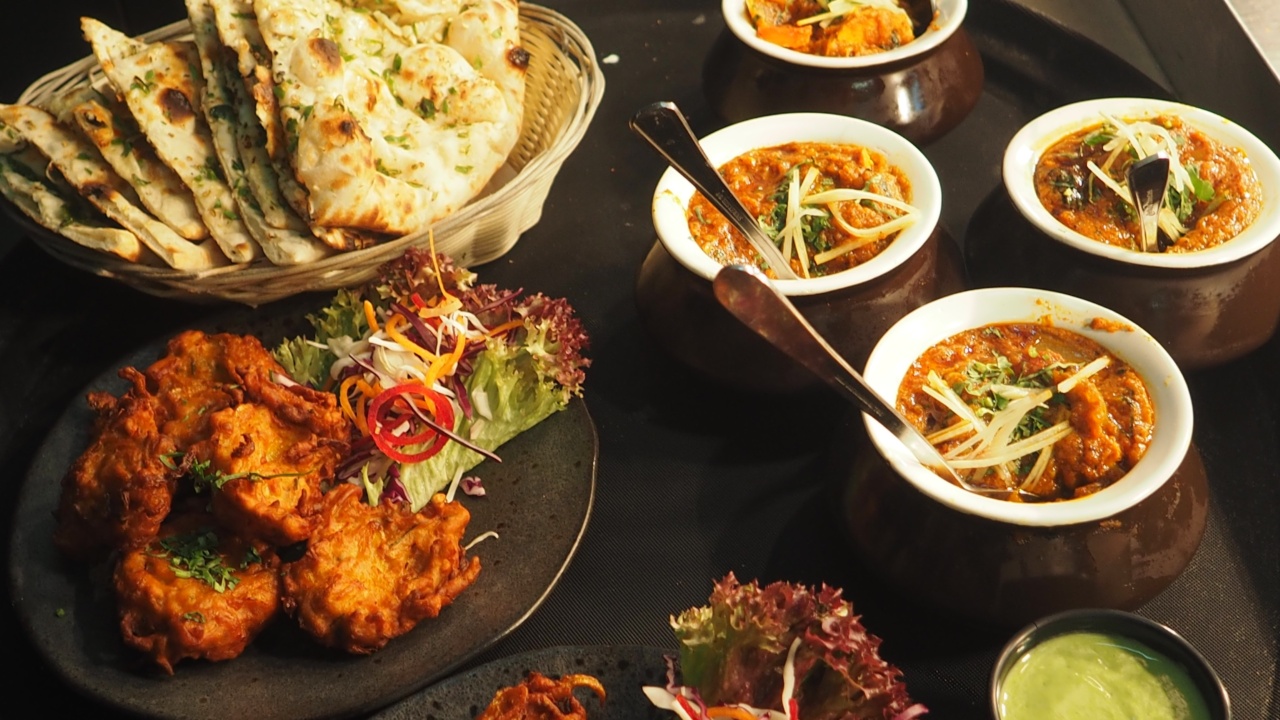Food poisoning is a common ailment that affects millions of people around the world each year. It is caused by consuming contaminated food or beverages that contain harmful bacteria, viruses, parasites, or toxins.
While most of us are well aware of the basic precautions to prevent food poisoning, there are several misconceptions and myths surrounding this issue. In this article, we aim to set the record straight by debunking some common food poisoning myths.
Myth #1: Food poisoning is always caused by undercooked meat
While undercooked or raw meat can indeed be a source of food poisoning, it is not the only culprit. Food poisoning can also be caused by contaminated fruits, vegetables, dairy products, seafood, and even processed foods.
It is important to handle and cook all types of food properly, not just meat, to minimize the risk of foodborne illnesses.
Myth #2: Food poisoning symptoms appear immediately after consuming contaminated food
Contrary to popular belief, food poisoning symptoms may not appear immediately after consuming contaminated food. It can take anywhere from a few hours to several days for symptoms to manifest.
This delay is due to the incubation period of the bacteria or virus, during which they multiply in the body and cause symptoms such as nausea, vomiting, diarrhea, abdominal pain, and fever.
Myth #3: Reheating leftovers kills all harmful bacteria
While reheating leftovers can kill some bacteria, it doesn’t eliminate all of them. Some bacteria, such as Clostridium botulinum, can produce heat-resistant spores that can survive the cooking process and cause food poisoning when consumed.
It is important to store and reheat leftovers properly to minimize the risk of bacterial growth and subsequent food poisoning.
Myth #4: Food poisoning is not a serious condition
While most cases of food poisoning resolve on their own without complications, it can be a serious condition, especially for vulnerable populations such as young children, pregnant women, older adults, and individuals with weakened immune systems.
Severe cases of food poisoning can lead to dehydration, hospitalization, and even death. It is essential to seek medical attention if symptoms are severe or persistent.
Myth #5: Washing fruits and vegetables with water is enough to remove all contaminants
Washing fruits and vegetables with water is a good practice to remove visible dirt, debris, and some surface bacteria. However, it is not sufficient to eliminate all contaminants, especially those that may be present on the skin or in the crevices.
To minimize the risk of food poisoning, it is advisable to use a vegetable brush or wash produce under running water to reduce bacterial contamination.
Myth #6: Food poisoning is only caused by bacteria
While bacteria are one of the primary causes of food poisoning, other pathogens such as viruses (e.g., norovirus), parasites (e.g., Cryptosporidium), and toxins (e.g., aflatoxins) can also contaminate food and cause illness.
Understanding the different sources of food contamination is crucial in preventing food poisoning and maintaining food safety.
Myth #7: Freezing food kills all bacteria
Freezing food can help slow down the growth of bacteria but does not kill them. Some bacteria can survive freezing temperatures and become active again once the food is thawed.
It is important to handle and store frozen food properly to minimize the risk of bacterial growth and subsequent food poisoning.
Myth #8: Food poisoning is always caused by eating outside
While eating outside can increase the risk of food poisoning, it is not the sole cause. Food poisoning can occur from consuming homemade meals, especially if proper food handling and cooking practices are not followed.
It is essential to maintain food hygiene and safety measures both at home and when dining out to reduce the risk of foodborne illnesses.
Myth #9: Food poisoning can be treated with antibiotics
Most cases of food poisoning are caused by viral or bacterial infections. Antibiotics are only effective against bacteria and cannot cure viral infections.
In fact, taking unnecessary antibiotics can lead to antibiotic resistance and cause more harm than good. In most cases, treatment for food poisoning involves supportive care, such as hydration and rest, to allow the body to recover naturally.
Myth #10: Food poisoning cannot be prevented
While it is not possible to completely eliminate the risk of food poisoning, there are several preventive measures that can significantly reduce the likelihood of falling ill.
These include practicing good hand hygiene, properly cooking foods, separating raw and cooked foods, refrigerating perishable items promptly, and avoiding cross-contamination between raw and ready-to-eat foods.

























